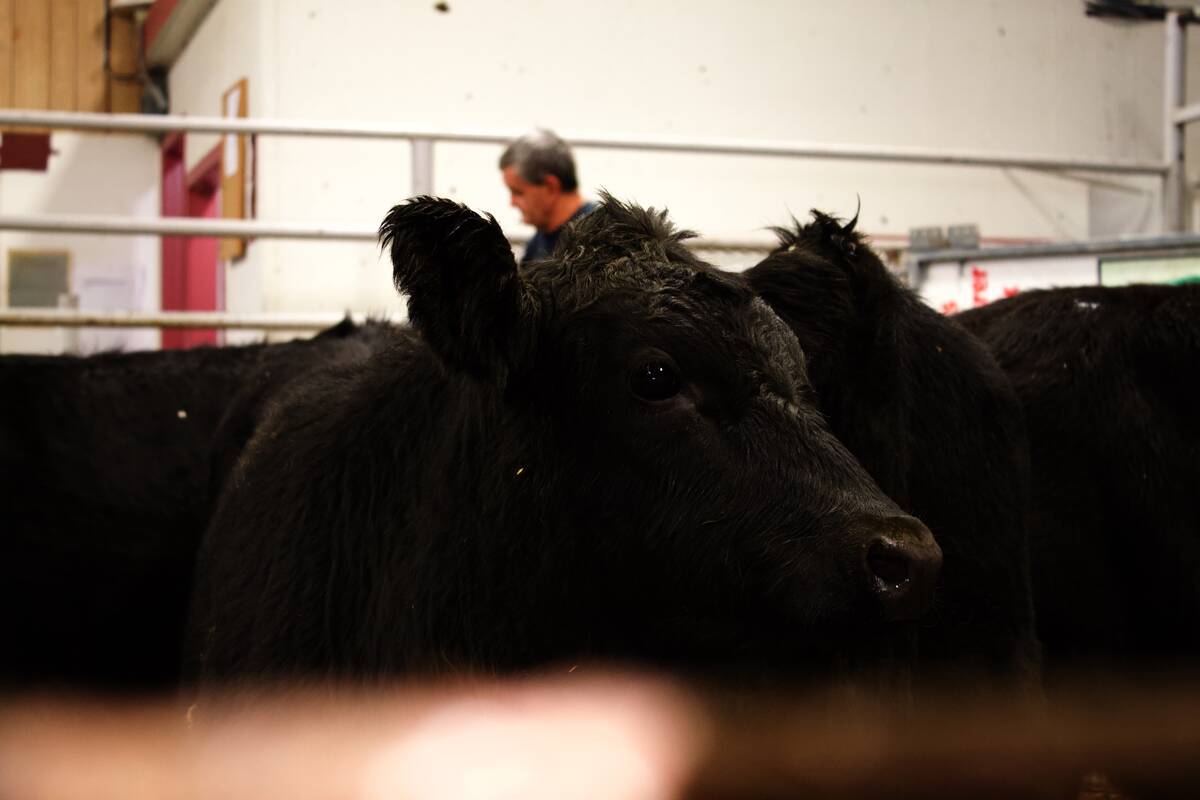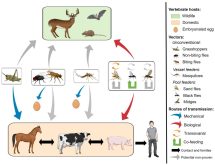Washington | Reuters –– The U.S. and China have agreed to take action by mid-July to increase access for U.S. financial firms and expand trade in beef and chicken among other steps as part of Washington’s drive to cut its trade deficit with Beijing.
The deals are the first results of 100 days of trade talks that began last month, when a meeting between U.S. President Donald Trump and Chinese President Xi Jinping proved far more friendly than had been expected after last year’s U.S. presidential campaign, but the immediate impact was unclear.
Read Also

U.S. livestock: Cattle, hog futures rise
Chicago livestock futures marched upward on Wednesday.
“This will help us to bring down the deficit for sure,” U.S. Commerce Secretary Wilbur Ross said at media briefing in Washington. “You watch and you’ll see.”
The United States ran a trade deficit of $347 billion with China last year, U.S. Treasury figures show (all figures US$).
By July 16, the 100th day after the leaders’ meeting, China agreed to issue guidelines that would allow U.S.-owned card payment services “to begin the licensing process” in a sector where China’s UnionPay system has had a near monopoly.
China will also allow U.S. imports of beef no later than July 16, and the United States will issue a proposed rule to allow Chinese cooked poultry to enter U.S. markets.
Foreign-owned firms will also be able to provide credit rating services in China.
“We believe that Sino-U.S. economic cooperation is the trend of the times… We will continue to move forward,” Chinese Vice-Finance Minister Zhu Guangyao told a Beijing media briefing.
Trump had pledged during his presidential campaign that he would stop trade practices by China and other countries that he deemed unfair to the United States. His tough talk toward Beijing had fueled early fears of a trade war.
But Trump’s rhetoric toward China has softened in the past month, expressing admiration for Xi and saying he wanted Beijing to help deal with the North Korean nuclear threat.
Shortly after their meeting, Trump said he had told Xi that China would get a better trade deal if it worked to rein in North Korea. China is neighbouring North Korea’s lone major ally.
On Friday, when asked whether the trade talks with the U.S. were related to North Korea, Zhu said economic issues should not be politicized.
Uncertain benefits
But while the world’s two biggest economies agreed to take a number of steps by July 16, it was not clear how much these new deals would increase trade in the near term.
Ker Gibbs, the chairman of the American Chamber of Commerce in Shanghai, said the measures were a good beginning but not a breakthrough.
“Past foot-dragging means we won’t celebrate until these promises are executed,” Gibbs said, calling the opening in the electronic payments market “mainly symbolic”.
“This should have been done years ago when it would have made a difference. At this point, the domestic players are well entrenched so foreign companies will have a hard time entering the China market.”
China is the top export market for U.S. agriculture products, with the total value of exports rising by more than 1,100 per cent since 2000 to $21.412 billion in 2016, so beef sales are potentially lucrative for U.S. exporters.
China had conditionally lifted its longstanding import ban on American beef last year, but few purchases have been made. The ban was imposed in 2003 due to a case of bovine spongiform encephalopathy (BSE) in Washington state.
And U.S. credit card operators Visa and MasterCard have yet to be independently licensed to clear transactions in China, despite a 2012 WTO ruling mandating that Beijing open the sector and rules issued by the central bank to let foreign firms enter the market.
Visa said in an emailed statement it looked forward to submitting an application for a bank-card clearing institution license, which, “once granted,” would allow it to support economic development in China.
MasterCard welcomed the announcement, saying it looked forward “to having full and prompt market access in China.” The U.S. also signaled it was eager to export more liquefied natural gas, saying China could negotiate any type of contract, including long-term contracts, with U.S. suppliers.
For U.S. gas drillers, China provides a potential customer base beyond countries such as Japan and South Korea, where the long-term demand outlook is bleak due to mature economies, rising energy efficiency and falling populations.
Potential co-operation between the U.S. and China on LNG would not have any immediate impact on supplies, as China currently does not need new gas supplies and the U.S. is not yet able to deliver more.
Randal Phillips, Mintz Group’s Beijing-based managing partner for Asia, said that Washington was too focused on selling more to China and should instead seek to address structural imbalances created by Chinese industrial policies and barriers to investment.
“That’s going to be the challenge, and hopefully the Trump administration doesn’t start declaring victory,” he said.
— Reporting for Reuters by Ayesha Rascoe in Washington, Michael Martina, Kevin Yao and Matthew Miller in Beijing and John Ruwitch in Shanghai.
Factbox: Beef
China was the world’s second largest consumer (7.7 million tonnes) and importer (812,000 tonnes) of beef in 2016, behind the U.S.
China has purchased negligible amounts of U.S. beef products since imposing a ban in 2003 over BSE concerns.
Asia remains the top market for U.S. beef shipments, selling $3.77 billion worth of beef cuts to Asia in 2016, out of U.S. exporters’ total $6.34 billion. Japan ($1.51 billion) and South Korea ($1.06 billion) were the top buyers of U.S. beef exports.
Brazil was China’s top beef supplier in 2016, shipping $765.3 million dollars of frozen beef. Australia was the top fresh beef supplier (valued at $57.11 million).
Tyson Foods, Cargill and JBS are among the biggest exporters of U.S. meat.
Factbox: Poultry
China was the 21st largest market for U.S poultry exports in 2016, purchasing only $33 million out of a total $3.875 billion of U.S. poultry exports.
In 2014, the United States exported about $315 million worth of poultry products to China, including chicken feet, or paws, which are popular there.
China has banned U.S. poultry imports since the U.S. suffered its worst-ever outbreak of avian flu in 2015.
Tyson Foods, Pilgrim’s Pride and Sanderson Farms are the top three U.S. chicken producers.
(Sources: USDA, China Customs, USA Poultry and Egg Export Council.)















